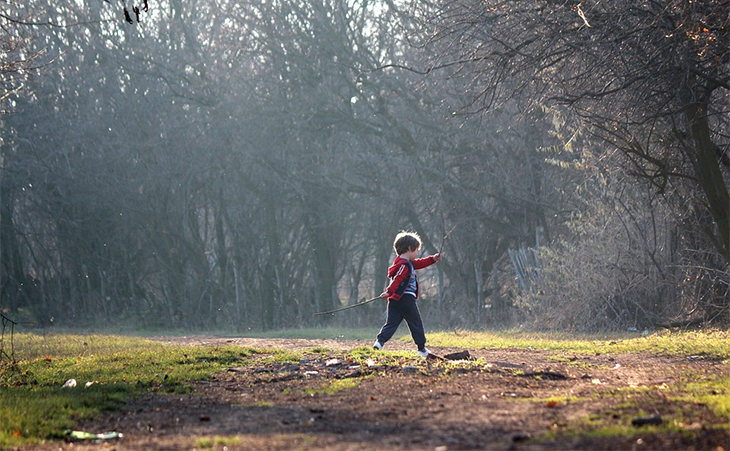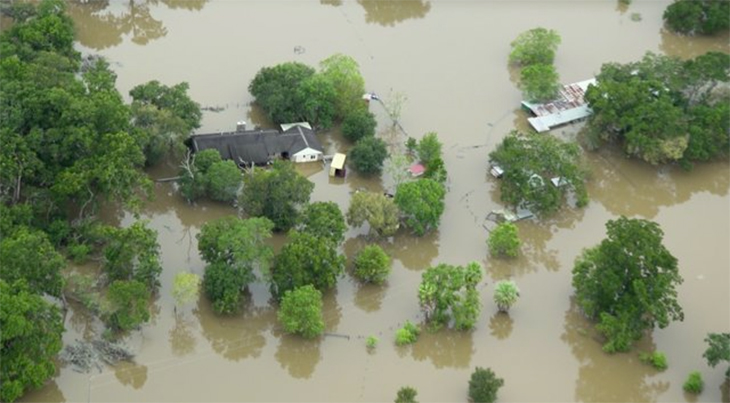By: IFL Science The devastating April 2015 earthquake in Nepal has, among other things, done some peculiar things to Mount Everest. A few months back, a reconnaissance team was sent out to map it again to see if it had changed height. Rather amusingly, no-one knows yet if it’s now taller or shorter than before.
Now, as reported by BBC News, the famous Hillary Step – a 12-meter (39 feet) rocky segment of the mountain’s southeastern ridge, has fallen away into oblivion. Although no-one saw it happen at the time, it seems likely that the Nepalese quake is to blame.
“It’s official,” British mountaineer Tim Mosedale explained on Facebook. “The Hillary Step is no more.”
“Not sure what’s going to happen when the snow ridge doesn’t form because there are some huge blocks randomly perched hither and thither which will be quite tricky to negotiate,” he added.
The Hillary Step – named after Sir Edmund Hillary who, along with Tenzing Norgay, was the first to summit Everest – was located at 8,790 meters (28,839 feet) above sea level, and was the last obstacle that climbers had to overcome before reaching the peak.
Sticking out of the mountain, it often required mountaineers to use ice picks, fixed ropes and rappels to climb up around it. If something went wrong, a 3,048-meter (10,000 feet) drop awaited them on the right, and a 2,438-meter (8,000 feet) fall loomed on the left.
Its destruction will make the ascent slightly trickier – there’ll be a less solid rock there now, and more snow, which can prove treacherous.
It's official – The Hillary Step is no more. Not sure what's going to happen when the snow ridge doesn't form because…
Posted by Everest Expedition on Wednesday, May 17, 2017
“It is associated with the history of Everest, and it is a great shame a piece of mountaineering folklore has disappeared,” Mr. Mosedale told BBC News.
It shouldn’t come as a surprise that parts of the mountain were damaged by the shallow 7.8M quake that shook the region two years ago. Those at Everest’s Base Camp could feel the tremors radiating through their feet shortly before a terrifying avalanche buried them in mere moments – 21 of them died, which made it the deadliest day in Everest’s history.
Landslides were seen all across the territory, and although the geological makeup of Everest makes it particularly resistant to earthquake-related damage, this was no regular tremor.
One study at the time revealed that the major fault line that generated the quake – the Main Himalayan Thrust – moved eastwards at speeds of 3 kilometers (1.9 miles) per second. Kathmandu, the Nepalese capital city, moved from its original spot by nearly 3 meters (about 10 feet).
This release of energy was more than enough to rock Everest and take out the Hillary Step as it did so.




